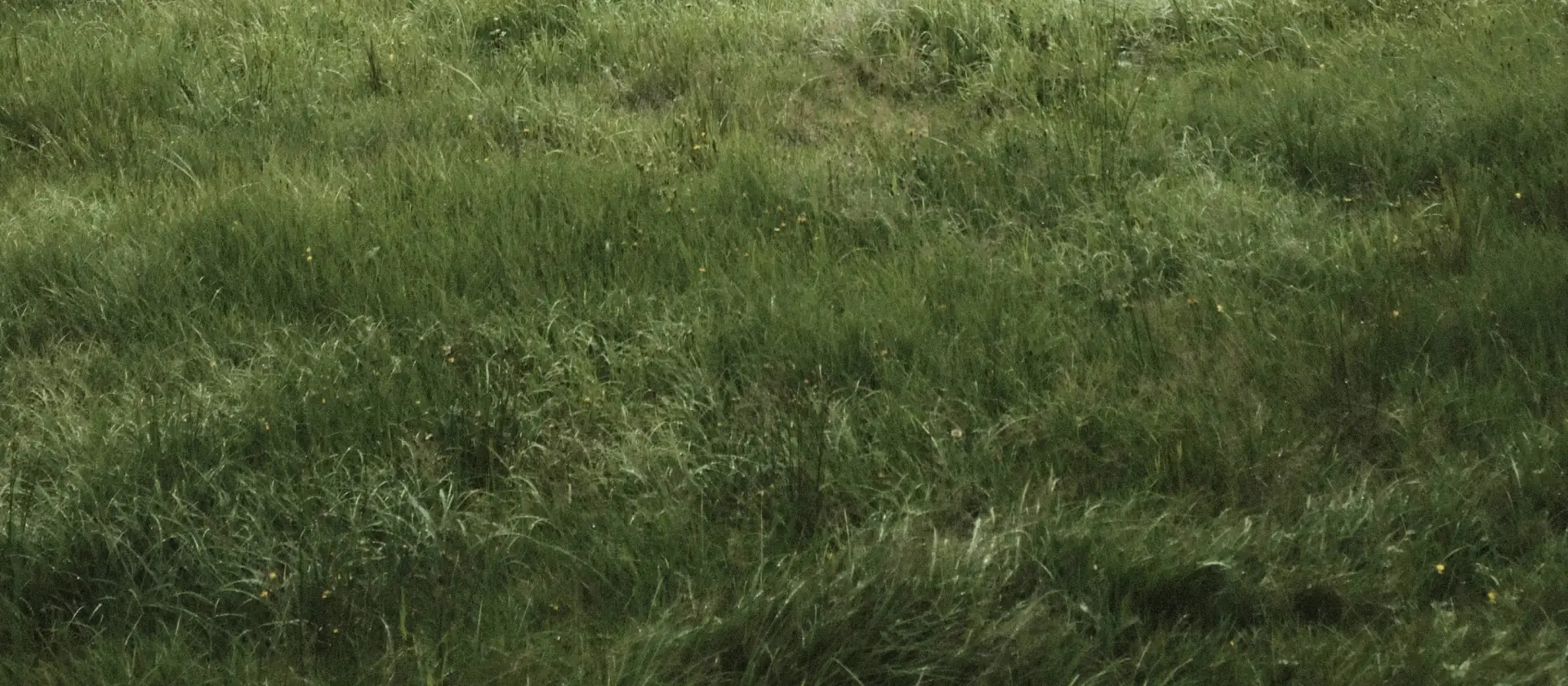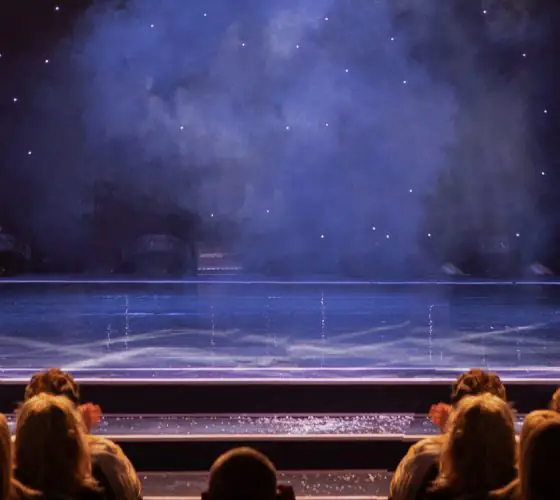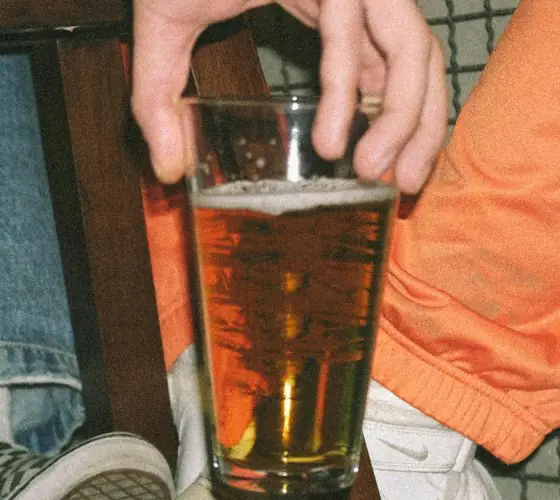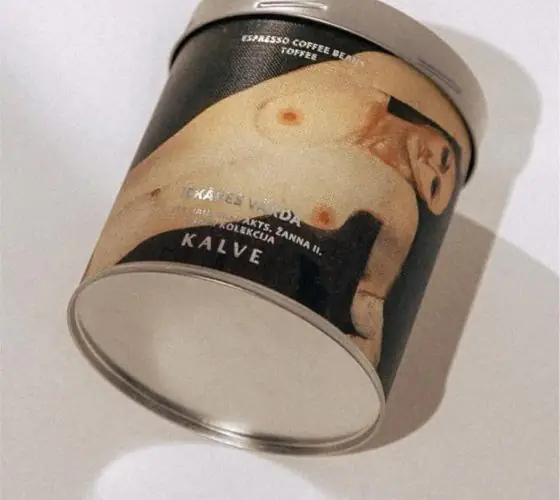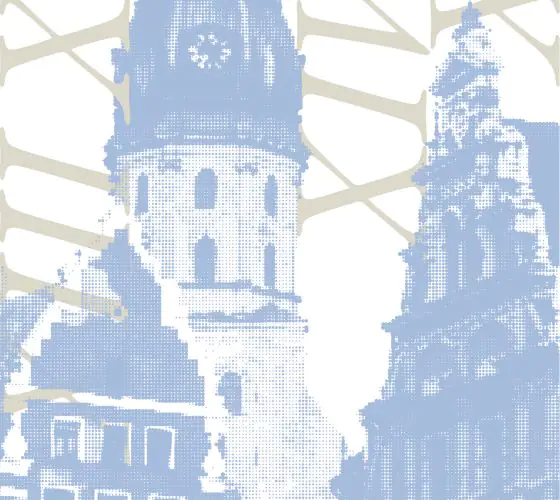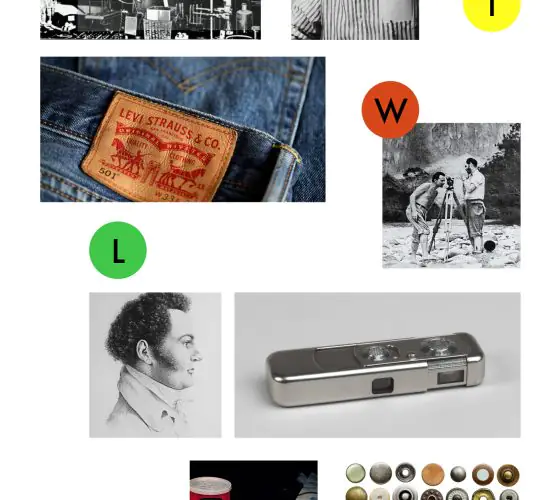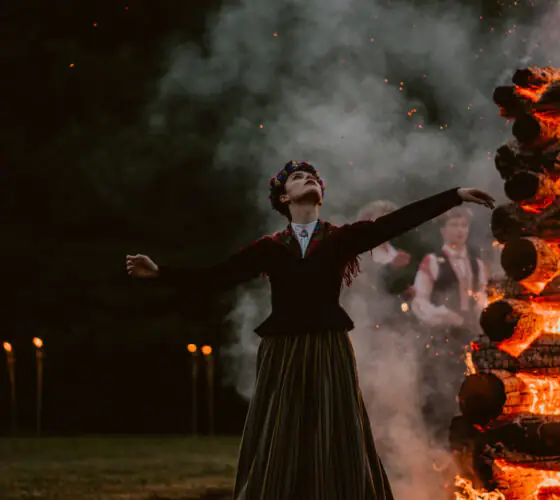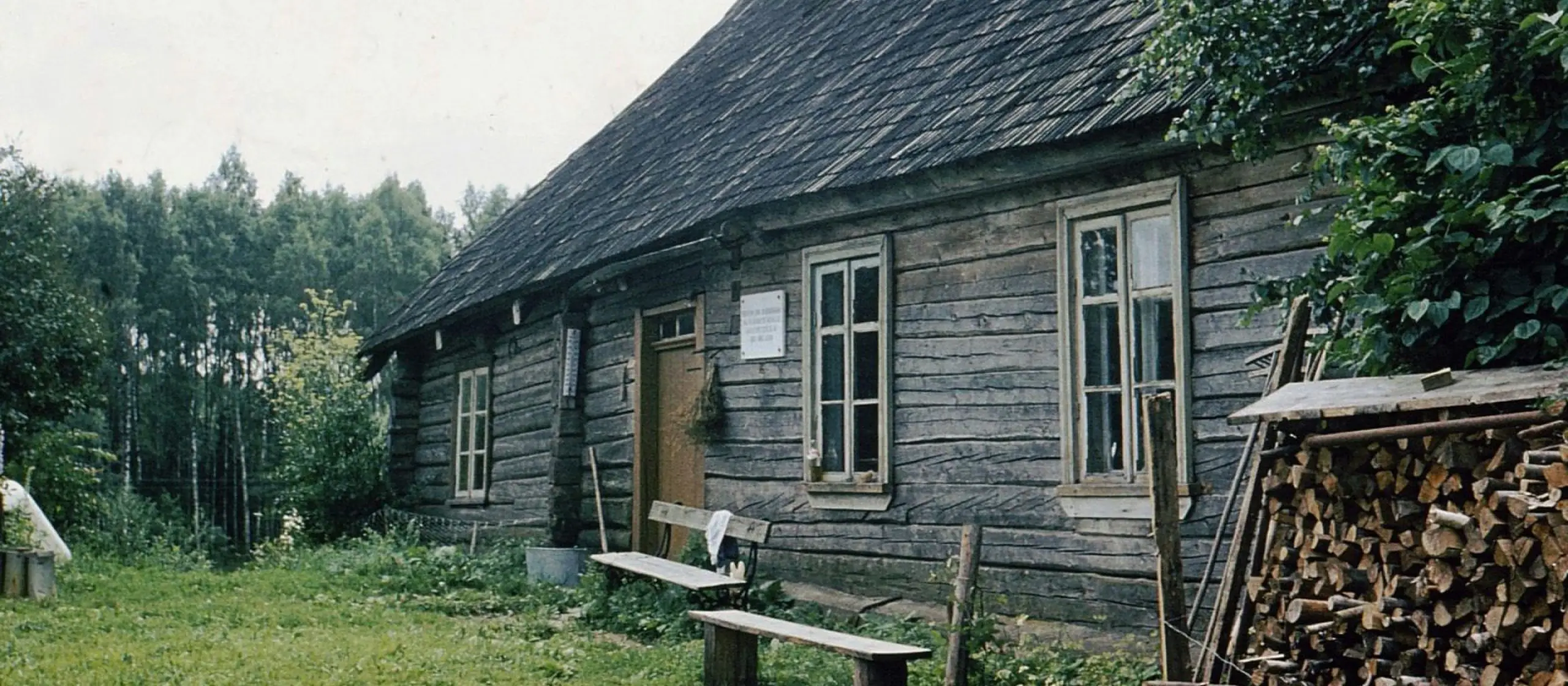
zudusilatvija.lv
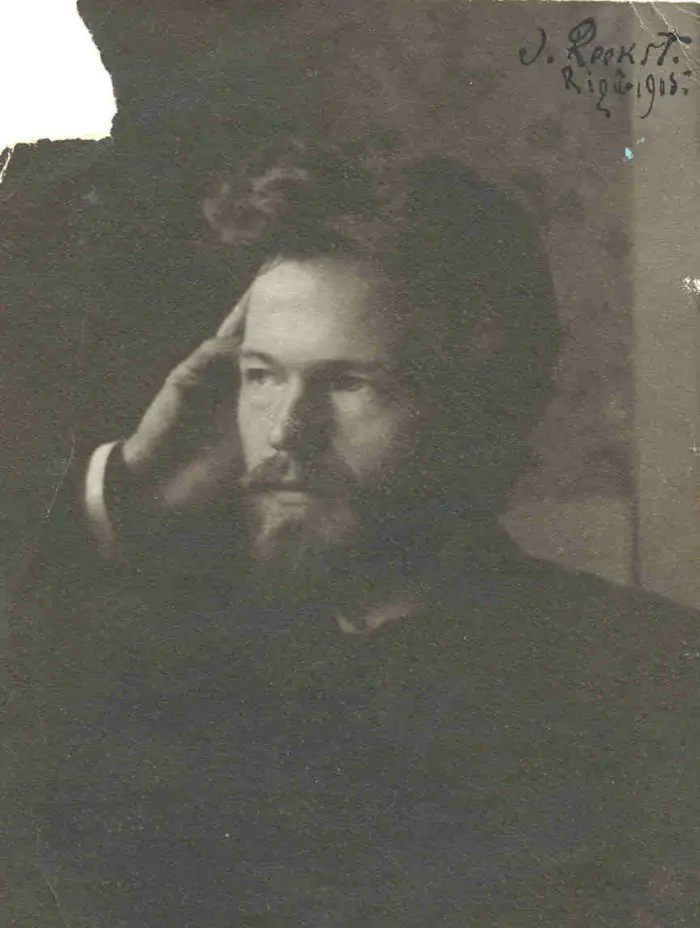
kulturaskanons.lv
Jānis Jaunsudrabiņš was born in 1877 in a family of a hired agricultural labourer on a farm in the countryside, and became one of the most renowned Latvian writers. His story is one of countless men who, despite their origins and circumstances, managed to make it.
After the death of his father, the family, which now consisted of his mother, brother and mother’s parents, took a job as servants at the Riekstiņi estate. The six years he spent here would prove to be the most significant in his life, and the house would become the centrepiece of the “White Book”. Jaunsudrabiņš recalls his childhood here as being easy, although it was not really like that at all: from the age of six he was practically a full-fledged labourer. Hard labour, he says, taught him a special sense of purpose and perseverance—qualities that came in very handy later in life. The special people, stories, nature and freedom of the backcountry—these are the things that will forever be imprinted with vivid images in his memory.
“Even though peasant farms are similar to each other, I believe that there was no other farm like ours in the whole of Upper Kurzeme. The dome of the sky above it was higher and the clouds whiter—there, behind the old hut, the tops of the birches rested on them. On no other roof had I seen such green moss as on ours, and such a red brick chimney.”
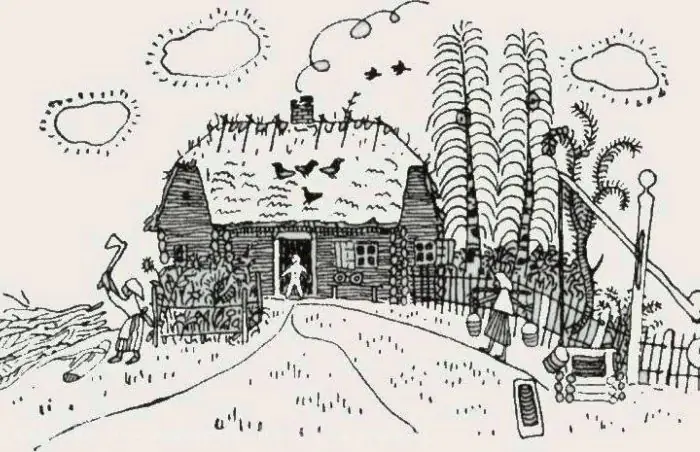
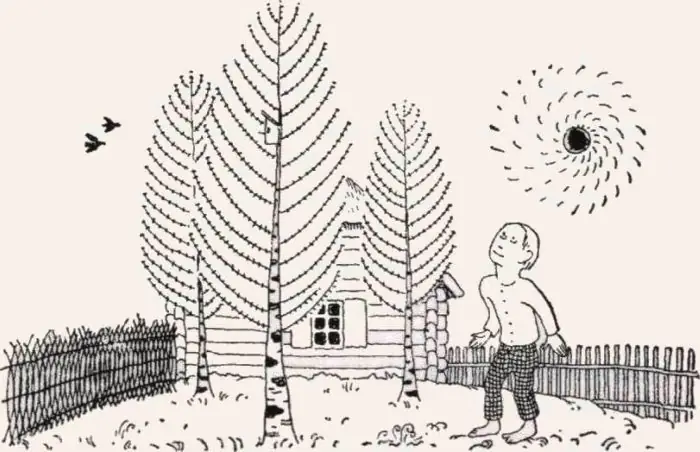
In words and strokes
From 1897 to 1899 Jaunsudrabiņš worked as a manager of two estates. This period coincided with the beginning of his creative path: he was 19 years old when his first poem was published in “Latviešu avīzes” (the publication “Latvian newspapers”). It was also at this time that he became passionate about drawing. Eventually, the passion so overwhelmed him that he quit his job, moved to Riga and enrolled in the Riga School of Drawing and Painting. He studied for six years, practised in Munich for a few months, and upon his arrival he had his first real exhibition. Jaunsudrabiņš collection is mostly studio landscapes. The depiction of nature and man as an integral part of it is one of the main themes of his work. Because one who grows up in such close proximity to nature will always remain devoted to it.
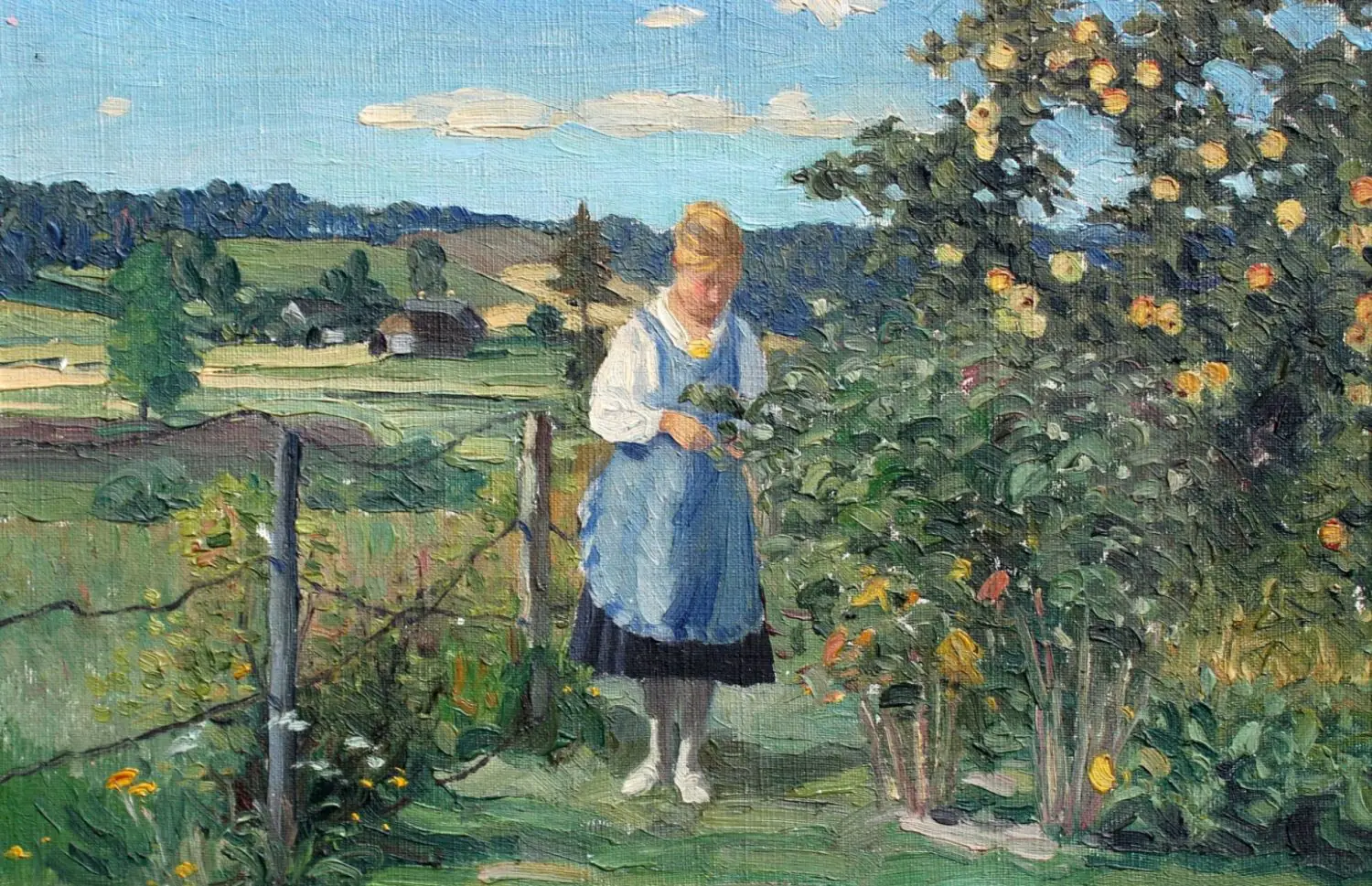
By 1914 Jānis is already a sought-after creator: theatres stage his plays, stories and novels are actively published, paintings are exhibited, and he himself gains new knowledge and creative experience in Europe. Rural childhood, so radically different from his present life, is far behind him. But it is at this very moment that he returns to it, dedicating one of his major works to his childhood.
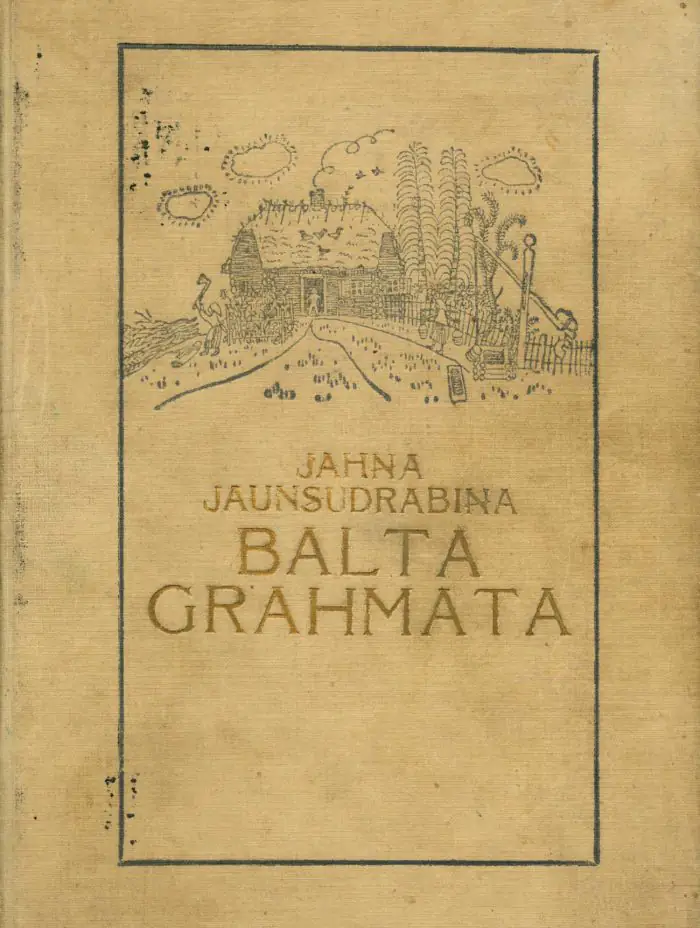
enciklopedija.lv
The White Book
This is not just a well-known work of the author. It is one of two from Jaunsudrabiņš’ collection to be included in the Latvian Canon of Culture—a list of 99 outstanding works of art and cultural values of the country.
“The White Book” is a simple, at times naive, yet touching read—consisting of one hundred stories that can be read either in order or selectively. It is a reflection on childhood and an immersion in two worlds at once: the world of the Latvian countryside of the late 19th century, and the world of a child growing up in this environment. The child in the book (on whose behalf the narrative is told) is Jaunsudrabiņš himself, or rather how he remembered his childhood: the very house in Riekstiņi, physical labour, socialising and the joys of infrequent holidays. But most importantly—the selfless love for the inhabitants of his small village world, which really permeates the pages of the book.
“On the path, which now in the twilight seemed bright and smooth, we wandered, hunched over. We carried a heavy burden of adversity.”
All the adults of “The White Book”, be it the lame tramp Jurka, Abram the peddler or the old woman Benceliene, carry a heavy burden of hardship.
Even here Jaunsudrabiņš does not let us forget that he is telling us about his childhood: his relationships with these people are described by a child who is not yet familiar with social scorn. He is interested in the inner world of the people who surrounded him and from whom, he says, he learnt so much. In his interactions with his characters one reads a great love for the village man “whose hands create beauty on earth”. And he skilfully draws the reader into his characters.
“Unvarnished and naive truth”
This is how the author described his illustrations for the book(for they all belong to his hand). Critics bombarded him with claims like: “A professional artist has no right to draw like that”. And Jaunsudrabiņš purposefully chose the “a la child” style for this book. He knew that it would be of interest to children and wanted the drawings to be kind of unfinished. “You have to leave room for their imagination,” he said.
So far, yet so close
The book became a kind of anchor for those who in the years before and after the Second World War had to leave Latvia—voluntarily or forcibly. Many refugee children kept in touch with Latvia by reading it, immersing themselves in the detailed descriptions of the traditional Latvian way of life and the equally detailed illustrations that complemented it. Latvia was far away, but in the book, heartbreakingly close.
Now that Latvia can be traversed unhindered, reading the book or even a couple of stories from it can make one very eager to experience the atmosphere of the place described there. For those who will be planning such a journey, we recommend dropping by Jaunsudrabiņš’s native land—Sēlija. Here you can visit the childhood home of the author: since 1967 it has been working as a museum, and most of the exposition consists of carefully preserved authentic objects from the end of the 19th century. An interactive way to experience history.
“I had the impression that there were snares set for me at school.
Every day I got more and more stuck in these book snares, and I got so stuck in them that I started writing books myself. But the old house where those snares were set will never leave me. And with my book I salute the one who first lured me into them.”
